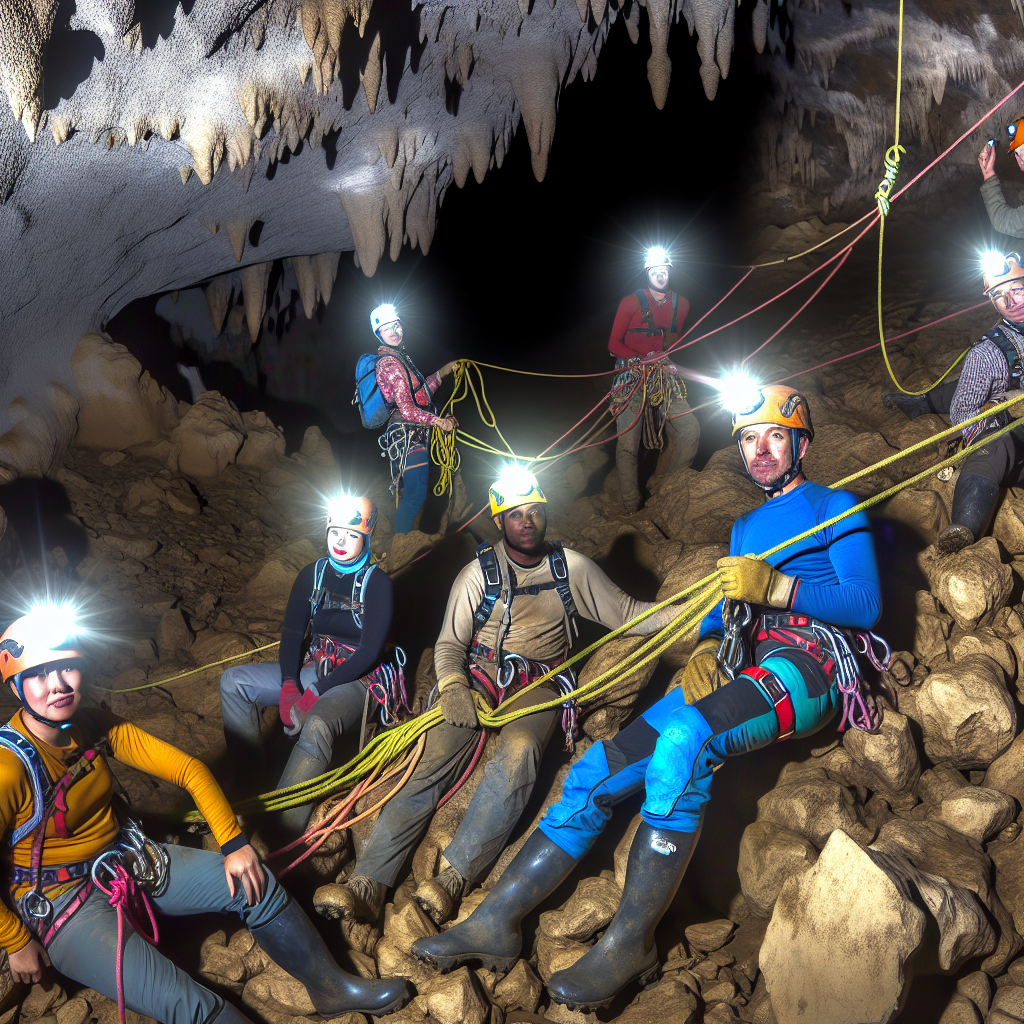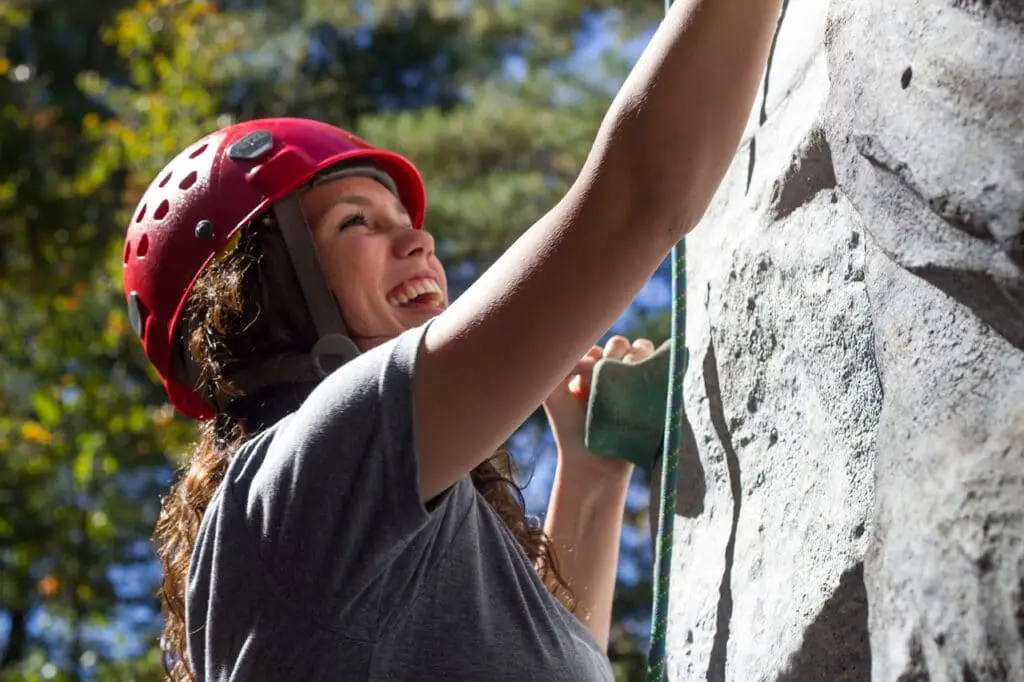Caving, also known as spelunking, is an exhilarating and adventurous activity that involves exploring underground caves and tunnels. While the quest for underground splendor can be immensely rewarding, it also comes with inherent risks and challenges. One of the critical pieces of equipment for any caving enthusiast is the caving rope. This article aims to provide a comprehensive guide to caving ropes, their types, features, and essential considerations for their use.
Why Are Caving Ropes So Important?
When venturing into the subterranean world, caving ropes serve as lifelines that ensure your safety and enable you to traverse challenging terrains. Unlike other types of climbing, caving often involves sharp, jagged rocks, water, mud, and confined spaces. This makes the selection of the right rope not just a matter of convenience but a crucial safety decision.
Primary Functions of Caving Ropes
Caving ropes are primarily used for:
– Ascending and descending vertical shafts
– Navigating difficult passages
– Providing safety and support during exploration
– Rescue operations in emergency situations
Types of Caving Ropes: Which One Should You Choose?
Various rope types are designed to meet different caving needs. Understanding the differences can help you make an informed choice.
Static Ropes
Static ropes are specifically designed to have minimal stretch. When exploring caves, particularly vertical descents and ascents, static ropes are invaluable. Their minimal stretch ensures stability while climbing or rappelling, providing greater control over your movements.
Dynamic Ropes
Dynamic ropes are known for their elasticity, designed to absorb the impact of a fall. While less commonly used in caving compared to rock climbing, dynamic ropes are sometimes utilized in situations where a fall is more likely.
Semi-Static Ropes
Semi-static ropes strike a balance between static and dynamic ropes, offering slight elasticity. These ropes are versatile and can be used in various caving scenarios but are less specialized than static ropes.
What to Look for When Choosing a Caving Rope
Selecting the right caving rope involves considering several important factors. Here are some key aspects to keep in mind:
Diameter
The diameter of the rope affects its strength, weight, and ease of handling. Common diameters for caving ropes range from 9mm to 11mm. Thicker ropes offer greater durability and resistance to abrasion, while thinner ropes are lighter and easier to handle.
Length
The length of the rope depends on the cave you plan to explore. For general caving, a 50-meter rope is often sufficient. However, deeper and more complex cave systems may require longer ropes, sometimes extending up to 200 meters.
Durability and Abrasion Resistance
Caving environments are harsh, with sharp rocks and abrasive surfaces. Therefore, a rope with excellent abrasion resistance and durability is essential. Look for ropes with a robust sheath and high-quality materials that can withstand the rigors of caving.
How to Care for and Maintain Your Caving Ropes
Proper care and maintenance can significantly extend the lifespan of your caving ropes. Here are some tips:
Regular Inspection
Before and after every caving trip, inspect your rope thoroughly for signs of wear, cuts, abrasions, and other damage. If any damage is found, retire the rope from use immediately.
Cleaning
Caving ropes can accumulate dirt, mud, and grime. Clean your rope using lukewarm water and a mild detergent. Avoid using high-pressure washers or abrasive cleaning tools as they can damage the rope fibers.
Storage
Store your ropes in a cool, dry place away from direct sunlight and chemicals. Coiling the rope properly and using a rope bag can help prevent tangling and damage.
Safety Tips When Using Caving Ropes
Safety should always be the top priority when using caving ropes. Here are some crucial safety tips:
Proper Knot Tying
Learn and practice essential knots such as the figure-eight knot, bowline, and clove hitch. Proper knot tying ensures the stability and reliability of the rope during your caving expedition.
Use of Harness and Ascenders
Always use a harness and mechanical ascenders or descenders suitable for caving. These devices offer better control and safety while ascending or descending ropes.
Communication and Teamwork
Caving is often a team activity. Maintain clear communication with your team members, and ensure everyone is familiar with safety procedures and rescue techniques.
In Conclusion
Caving ropes are indispensable tools that play a vital role in ensuring the safety and success of your underground adventures. Understanding the different types of caving ropes, their features, and how to care for them can make a significant difference in your caving experience. Always prioritize safety, stay informed, and invest in high-quality ropes to explore the subterranean world confidently and securely.




